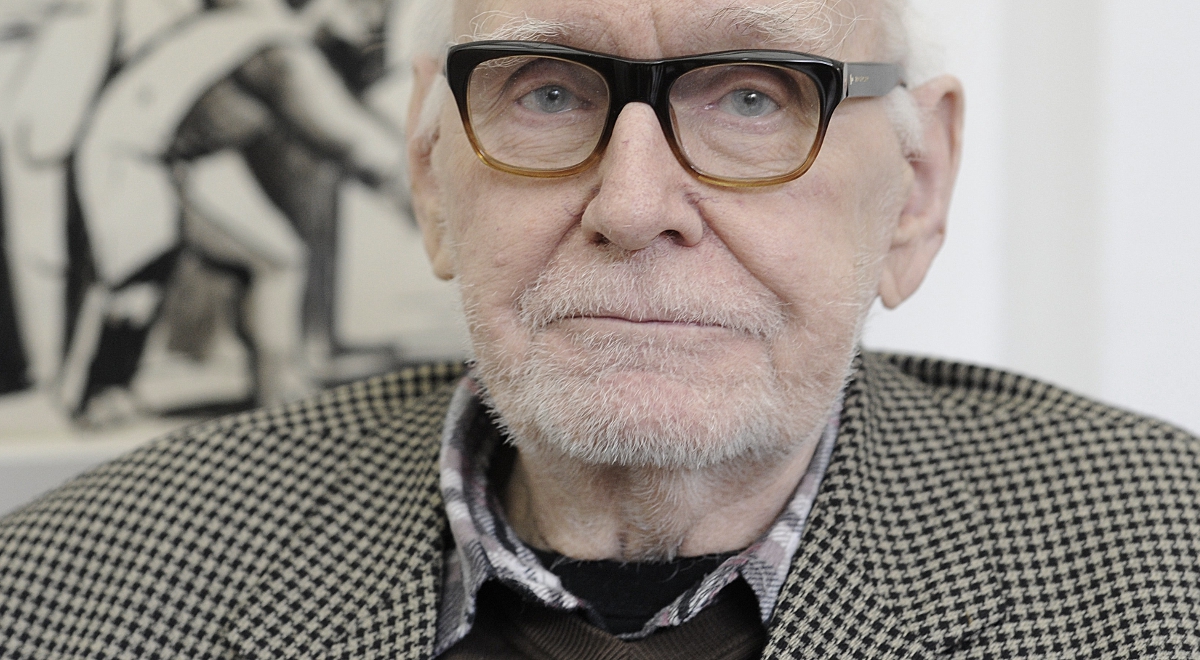


Wojciech Fangor was one of the leading figures in contemporary Polish art, known for his innovative approach to painting and graphic design. Born in 1922 in Warsaw, he graduated from the Academy of Fine Arts in Warsaw in 1946. His artistic work spanned painting, graphic design, sculpture, and collaborations with architects. Fangor initially created works in the spirit of socialist realism but quickly shifted towards abstraction and optical art. His most recognizable motifs are contrasting circles and waves, which became the hallmark of his art.
Fangor gained international fame as one of the few Polish artists to achieve recognition on the global art scene. In 1970, he became the first Pole to have a solo exhibition at the Guggenheim Museum in New York. His works, classified within the op-art movement, experimented with space and viewer perception, ahead of the trends in contemporary art.
In addition to painting, Fangor was involved in architectural projects, such as co-creating the spatial installation "Study of Space" in Warsaw (1958) and designing the decorations for the Warsaw Metro stations. He received numerous awards, including the prestigious Jan Cybis Prize (2014). Fangor passed away in 2015, leaving behind a rich legacy that continues to inspire contemporary artists.